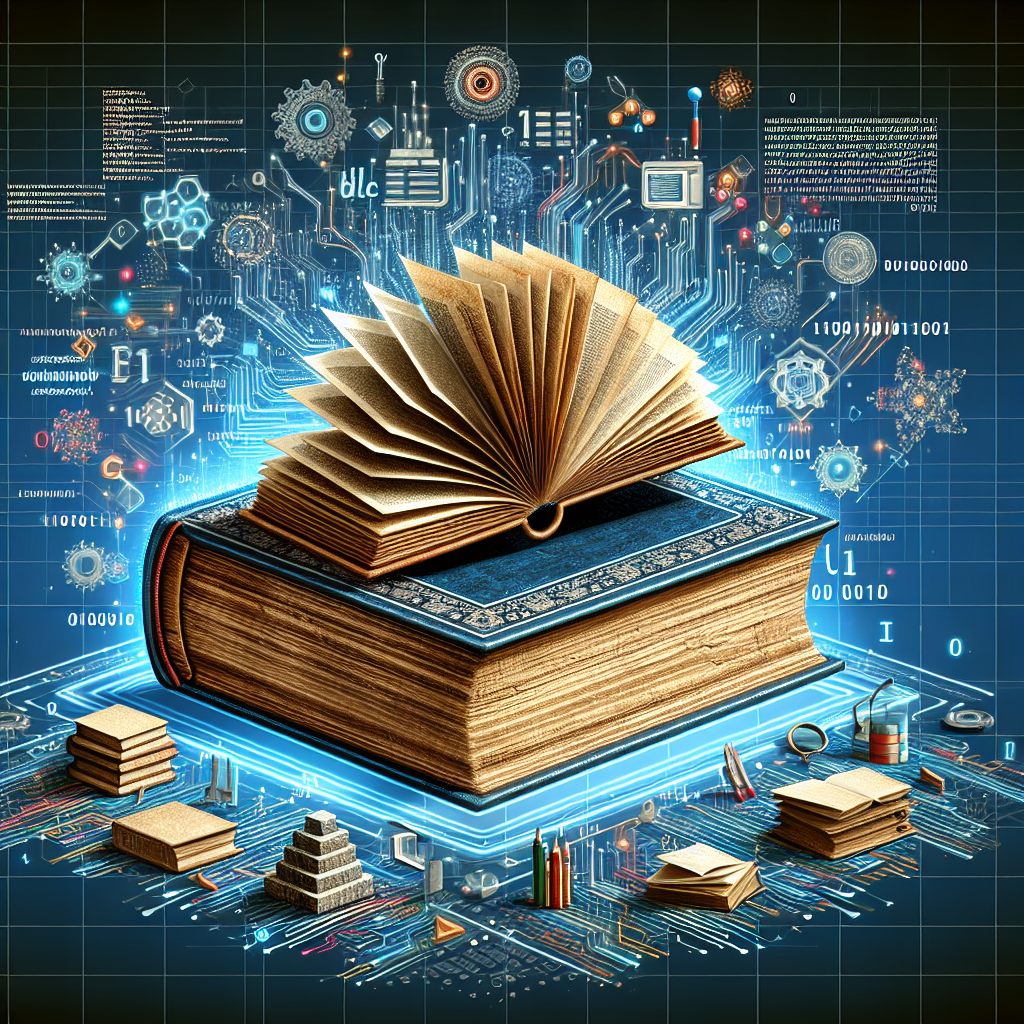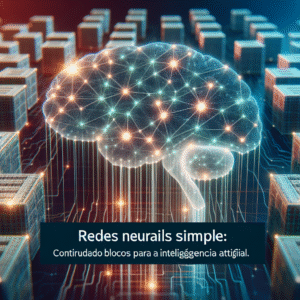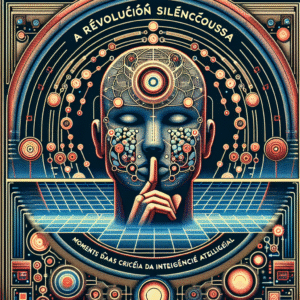Deep learning is a transformative subset of artificial intelligence (AI) that has reshaped industries, from healthcare to entertainment. Its power lies in its ability to automatically learn patterns and representations from vast amounts of data. This article delves into the foundational aspects of deep learning, covering its core concepts, historical evolution, architecture, and practical applications.
What is Deep Learning?
Deep learning is a branch of machine learning that utilizes artificial neural networks, specifically those with multiple layers, to model and understand complex patterns. These layers are structured in a hierarchy, allowing the model to learn representations at various levels of abstraction. The "deep" in deep learning refers to the depth of these layers.
Core Concepts
-
Neural Networks: The basic building blocks of deep learning, neural networks are computational models inspired by the human brain. They consist of interconnected nodes, or neurons, organized into layers. Each connection carries a weight that adjusts as learning proceeds.
-
Activation Functions: These functions introduce non-linearity into the model. Common activation functions include the sigmoid, hyperbolic tangent (tanh), and rectified linear unit (ReLU). The choice of activation function can significantly impact the performance of a neural network.
-
Backpropagation: A critical algorithm in deep learning, backpropagation is used to optimize the neural network by minimizing the difference between the predicted and actual outputs. It adjusts the weights of the connections by propagating the error backward from the output layer to the input layer.
- Learning Rate: This is a hyperparameter that controls how much the model adjusts the weights during training. A suitable learning rate is crucial for the convergence of deep learning models.
Historical Evolution
The journey of deep learning can be traced back to the 1940s. However, it gained substantial momentum in the 21st century, driven by advancements in computational power and the availability of large datasets.
-
Perceptron: Introduced in the 1950s, the perceptron was an early form of a neural network, consisting of a single layer. Although it could solve linear problems, it struggled with non-linear separability.
-
Backpropagation and Multi-layer Networks: In the 1980s, the development of backpropagation allowed for the training of multi-layer networks, enabling the modeling of more complex patterns.
-
The AI Winter: The challenges in computation and data availability led to a period of reduced interest and funding in AI research in the late 20th century.
- Resurgence of Interest: The 21st century saw a revival of interest in AI and deep learning, fueled by breakthroughs in hardware (such as GPUs) and large-scale datasets. This paved the way for modern deep learning architectures.
Architectures of Deep Learning
Deep learning models come in various architectures, each suited for different tasks. Here are some of the most influential ones:
-
Convolutional Neural Networks (CNNs): Primarily used in image and video recognition, CNNs utilize convolutional layers that automatically and adaptively learn spatial hierarchies of features.
-
Recurrent Neural Networks (RNNs): Designed to process sequences of data, RNNs are commonly used in natural language processing. They have connections that loop back on themselves, allowing information to persist.
-
Long Short-Term Memory Networks (LSTMs): A special kind of RNN, LSTMs can learn long-term dependencies, addressing the vanishing gradient problem that plagues standard RNNs.
-
Generative Adversarial Networks (GANs): GANs consist of two neural networks competing against each other. The generator creates data samples, while the discriminator evaluates them. GANs are popular in creating realistic images and simulations.
- Transformer Models: Revolutionizing natural language processing, transformers use self-attention mechanisms, allowing them to weigh the importance of different words regardless of their position in the text.
Practical Applications
The versatility of deep learning has led to its application in numerous fields:
-
Healthcare: Deep learning aids in diagnosing diseases, predicting patient outcomes, and personalizing treatment plans. CNNs, for instance, are used in medical imaging to detect anomalies in X-rays and MRIs.
-
Autonomous Vehicles: Self-driving cars utilize deep learning for object detection, decision-making, and navigation. The advanced perception and sensory capabilities required are enabled by CNNs and other deep learning models.
-
Natural Language Processing (NLP): From chatbots to language translation, deep learning powers many NLP applications. Transformer models, such as BERT and GPT, are at the forefront of these advancements.
-
Finance: In the financial sector, deep learning is employed for algorithmic trading, fraud detection, and risk management, where it analyzes large datasets to uncover trends and predict market movements.
- Entertainment: From recommendation systems in streaming platforms to creating high-quality graphics in video games, deep learning enhances user experience by personalizing content and improving visual fidelity.
Challenges and Future Directions
Despite its successes, deep learning faces several challenges:
-
Data Requirements: Deep learning models often require large amounts of labeled data, which can be expensive and time-consuming to gather.
-
Computational Cost: Training deep learning models is computationally intensive, requiring significant processing power and energy.
-
Interpretability: The complexity of deep learning models makes them difficult to interpret, often criticized as "black boxes."
- Generalization: Overfitting remains a concern, where a model performs well on training data but poorly on unseen data.
Looking forward, research is focused on addressing these challenges. The development of more efficient algorithms, advances in model interpretability, and the exploration of unsupervised and semi-supervised learning are promising avenues. Additionally, ethical considerations, such as ensuring fairness and privacy, are increasingly becoming integral to deep learning research.
Conclusion
Deep learning continues to drive innovation across multiple domains. Understanding its foundational elements, from neural architecture to practical applications, is crucial for leveraging its capabilities. As technology evolves, deep learning is poised to become even more integral to solving complex real-world problems, transforming how we live and work.




